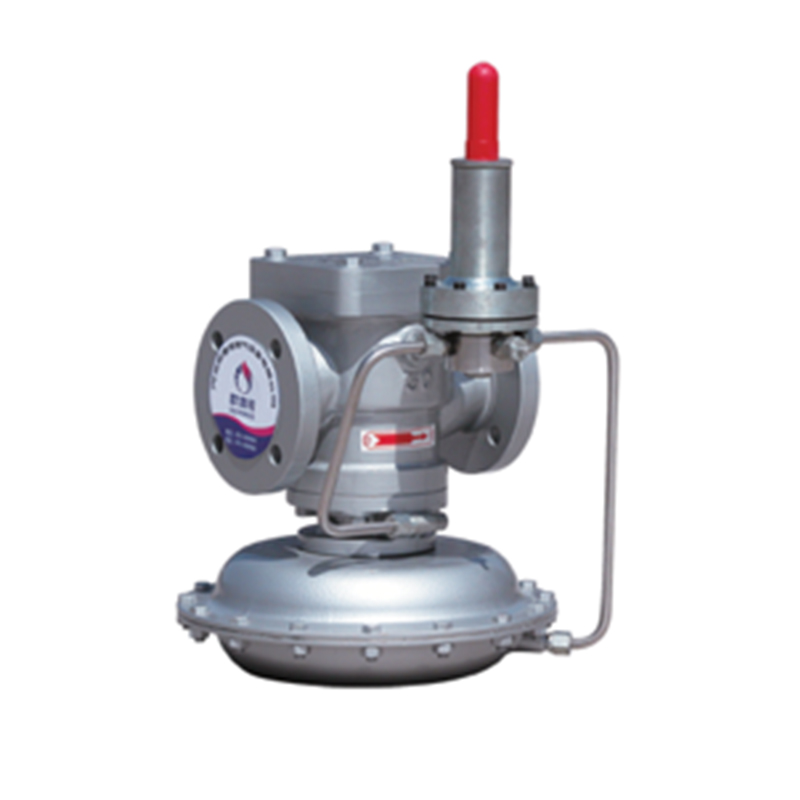
Nov . 09, 2024 21:12
Back to list
Pressure Pipeline Systems and Their Importance in Modern Engineering Applications
Understanding Pressure Pipes An Essential Component in Engineering
Pressure pipes play a crucial role in various engineering applications, serving as vital conduits for the transportation of fluids and gases. These pipes are designed to withstand high pressure, ensuring safety and efficiency in systems ranging from municipal water supply to industrial processes. This article delves into the significance, types, materials, and factors influencing the selection and maintenance of pressure pipes.
Significance of Pressure Pipes
Pressure pipes are essential in several sectors, including water treatment facilities, oil and gas industries, and chemical manufacturing. Their primary function is to transport liquids and gases under pressure without risking leaks or ruptures. This is particularly important in processes where the integrity of the fluid being transported is critical, such as potable water systems, which must maintain quality and safety standards.
In industrial applications, the failure of pressure pipes can result in catastrophic consequences, including environmental disasters and financial losses. Therefore, understanding the principles of pressure pipe design and implementation is vital for engineers and technicians.
Types of Pressure Pipes
There are several types of pressure pipes, each designed to meet specific requirements
1. PVC (Polyvinyl Chloride) Pipes Lightweight and resistant to corrosion, PVC pipes are commonly used in residential and commercial plumbing. They can handle moderate pressure and are suitable for transporting water.
2. HDPE (High-Density Polyethylene) Pipes Known for their durability and flexibility, HDPE pipes are often used in water distribution and gas supply systems. They can endure high pressures and are resistant to a wide range of chemicals.
.
4. Copper Pipes While typically used in low-pressure applications, copper pipes are valued for their antimicrobial properties and are commonly found in plumbing systems.
أنبوب الضغط

Factors Influencing Pipe Selection
When choosing pressure pipes, several factors must be evaluated
1. Fluid Characteristics The type of fluid (water, gas, chemical) and its properties (temperature, viscosity, corrosiveness) will significantly influence the material and thickness of the pipe.
2. Pressure Requirements Understanding the maximum operating pressure is essential. Pipes are rated for specific pressure limits, and exceeding these can lead to failure.
3. Temperature Extremes Both temperature and operating conditions affect the material choice, as some materials may become brittle or lose strength at high temperatures.
4. Environmental Conditions Pipes installed underground or in corrosive environments may need special coatings or materials to ensure longevity.
5. Installation Conditions The method of installation (above ground, underground, or in confined spaces) and accessibility for maintenance also impact the choice of piping.
Maintenance and Inspection
Regular maintenance and inspection of pressure pipes are critical to ensuring their longevity and safe operation. This includes checking for leaks, corrosion, and wear, as well as ensuring that joints and connections are secure. Techniques such as ultrasonic testing, pressure testing, and visual inspections are commonly employed in the industry.
In conclusion, pressure pipes are indispensable in modern engineering, playing a vital role in fluid and gas transportation across various industries. Understanding their types, selection criteria, and maintenance practices is essential for engineers and technicians striving to ensure system reliability and safety. As technology advances, innovations in materials and design continue to enhance the performance and efficiency of pressure piping systems, further emphasizing their importance in our everyday lives.
Latest news
-
Safety Valve Spring-Loaded Design Overpressure ProtectionNewsJul.25,2025
-
Precision Voltage Regulator AC5 Accuracy Grade PerformanceNewsJul.25,2025
-
Natural Gas Pressure Regulating Skid Industrial Pipeline ApplicationsNewsJul.25,2025
-
Natural Gas Filter Stainless Steel Mesh Element DesignNewsJul.25,2025
-
Gas Pressure Regulator Valve Direct-Acting Spring-Loaded DesignNewsJul.25,2025
-
Decompression Equipment Multi-Stage Heat Exchange System DesignNewsJul.25,2025

